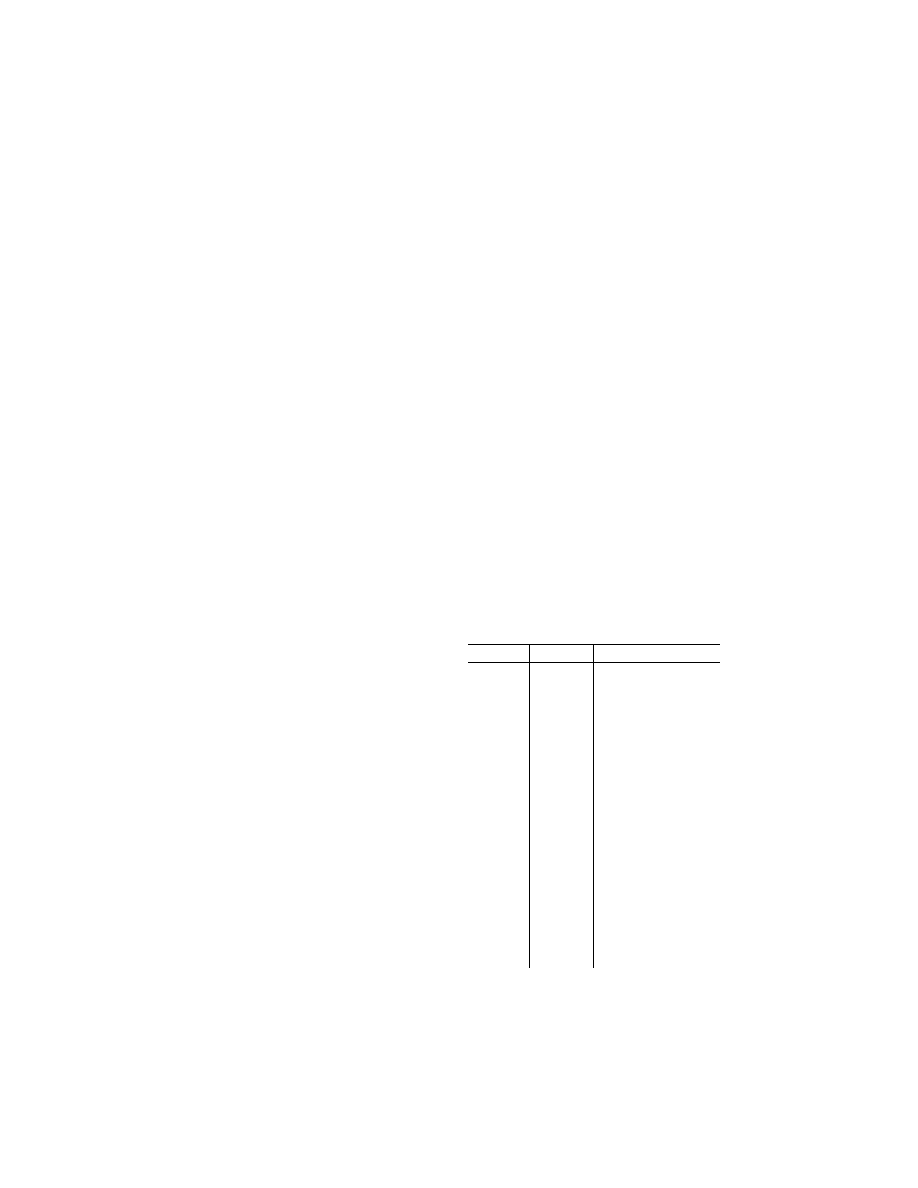
792
14 CFR Ch. I (1–1–19 Edition)
Pt. 36, App. A
A36.5.2.4 The applicant must report condi-
tions of local topography, ground cover, and
events that might interfere with sound re-
cordings.
A36.5.2.5 The applicant must report the fol-
lowing:
(a) Type, model and serial numbers (if any)
of airplane, engine(s), or propeller(s) (as ap-
plicable);
(b) Gross dimensions of airplane and loca-
tion of engines;
(c) Airplane gross weight for each test run
and center of gravity range for each series of
test runs;
(d) Airplane configuration such as flap, air-
brakes and landing gear positions for each
test run;
(e) Whether auxiliary power units (APU),
when fitted, are operating for each test run;
(f) Status of pneumatic engine bleeds and
engine power take-offs for each test run;
(g) Indicated airspeed in knots or kilo-
meters per hour for each test run;
(h) Engine performance data:
(1) For jet airplanes: engine performance in
terms of net thrust, engine pressure ratios,
jet exhaust temperatures and fan or com-
pressor shaft rotational speeds as determined
from airplane instruments and manufactur-
er’s data for each test run;
(2) For propeller-driven airplanes: engine
performance in terms of brake horsepower
and residual thrust; or equivalent shaft
horsepower; or engine torque and propeller
rotational speed; as determined from air-
plane instruments and manufacturer’s data
for each test run;
(i) Airplane flight path and ground speed
during each test run; and
(j) The applicant must report whether the
airplane has any modifications or non-stand-
ard equipment likely to affect the noise
characteristics of the airplane. The FAA
must approve any such modifications or non-
standard equipment.
A36.5.3
Reporting of noise certification ref-
erence conditions.
A36.5.3.1 Airplane position and perform-
ance data and the noise measurements must
be corrected to the noise certification ref-
erence conditions specified in the relevant
sections of appendix B of this part. The ap-
plicant must report these conditions, includ-
ing reference parameters, procedures and
configurations.
A36.5.4
Validity of results.
A36.5.4.1 Three average reference EPNL
values and their 90 percent confidence limits
must be produced from the test results and
reported, each such value being the arith-
metical average of the adjusted acoustical
measurements for all valid test runs at each
measurement point (flyover, lateral, or ap-
proach). If more than one acoustic measure-
ment system is used at any single measure-
ment location, the resulting data for each
test run must be averaged as a single meas-
urement. The calculation must be performed
by:
(a) Computing the arithmetic average for
each flight phase using the values from each
microphone point; and
(b) Computing the overall arithmetic aver-
age for each reference condition (flyover, lat-
eral or approach) using the values in para-
graph (a) of this section and the related 90
percent confidence limits.
A36.5.4.2 For each of the three certification
measuring points, the minimum sample size
is six. The sample size must be large enough
to establish statistically for each of the
three average noise certification levels a 90
percent confidence limit not exceeding
±
1.5
EPNdB. No test result may be omitted from
the averaging process unless approved by the
FAA.
N
OTE
: Permitted methods for calculating
the 90 percent confidence interval are shown
in the current advisory circular for this part.
A36.5.4.3 The average EPNL figures ob-
tained by the process described in section
A36.5.4.1 must be those by which the noise
performance of the airplane is assessed
against the noise certification criteria.
Section A36.6 Nomenclature: Symbols and Units
Symbol Unit
Meaning
antilog ..........
.....................
Antilogarithm to the base 10.
C(k) ..............
dB ................
Tone correction factor.
The
factor to be added to
PNL(k) to account for the
presence of spectral irreg-
ularities such as tones at
the k-th increment of time.
d ...................
s ..................
Duration time.
The time inter-
val between the limits of
t(1) and t(2) to the nearest
0.5 second.
D ..................
dB ................
Duration correction.
The fac-
tor to be added to PNLTM
to account for the duration
of the noise.
EPNL ...........
EPNdB ........
Effective perceived noise
level.
The value of PNL ad-
justed for both spectral
irregularities and duration of
the noise. (The unit EPNdB
is used instead of the unit
dB).
EPNL
r
..........
EPNdB ........
Effective perceived noise
level adjusted for reference
conditions.
f(i) ................
Hz ................
Frequency.
The geometrical
mean frequency for the i-th
one-third octave band.
VerDate Sep<11>2014
12:50 Apr 30, 2019
Jkt 247046
PO 00000
Frm 00802
Fmt 8010
Sfmt 8002
Y:\SGML\247046.XXX
247046
spaschal on DSK3GDR082PROD with CFR